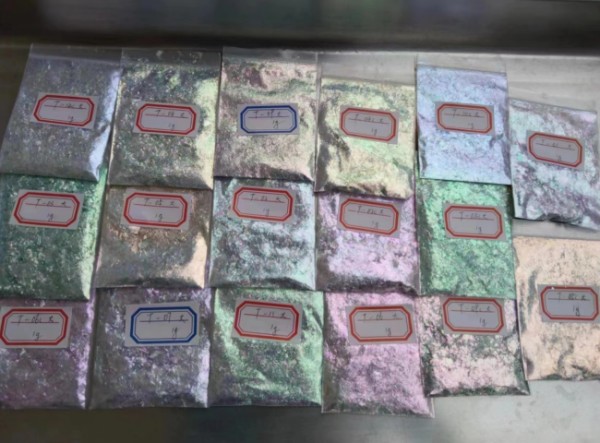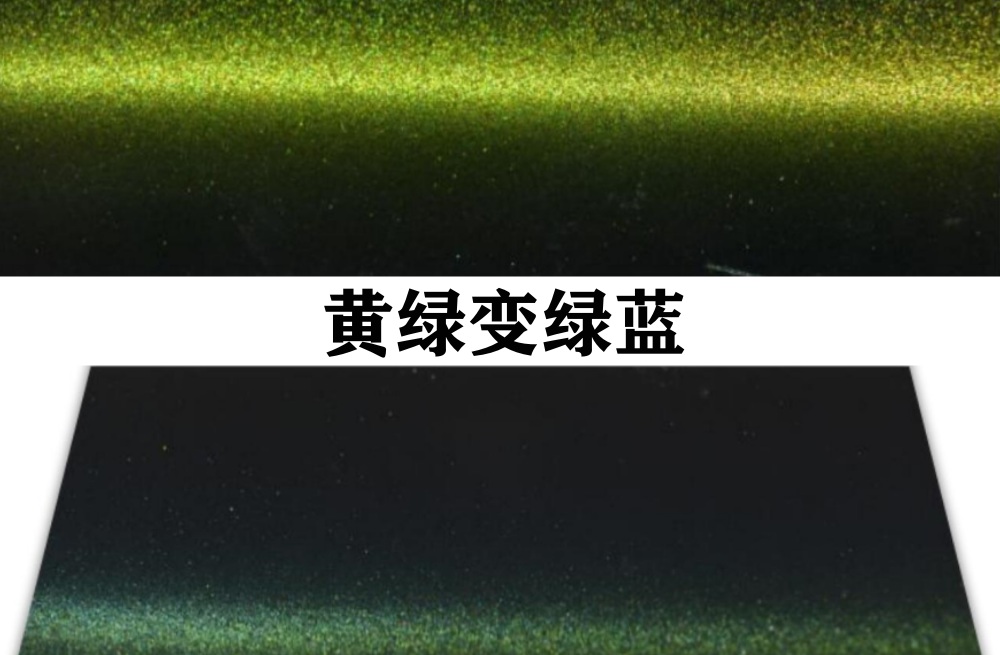Optically variable pigments are composed of optical thin film fragments with specific spectral characteristics. Optical thin films are designed based on the principle of light interference using multilayer films with specific reflection spectra. They are made up of different materials with different refractive indices, and are formed by depositing them in a specific order and thickness using high-vacuum coating technology on the same substrate.

Optically variable ink made from optically variable pigments is the most complex interference-type anti-counterfeiting ink available today. The printed material has a brilliant metallic luster, and the color blocks display a pair of colors, such as red-green, green-blue, gold-silver, etc. When viewed directly or from the side under white light, they exhibit two different colors that change with the angle of observation. They have a strong color-changing effect, a significant feature, and a large color difference that cannot be replicated by high-definition scanners, color copiers, or other devices. These printing characteristics cannot be imitated by any other ink or printing method. They are suitable for screen printing, flexographic printing, letterpress printing, gravure printing, and other printing methods. Optically variable pigments are also suitable for surface spraying.
The thickness of the layers of the optical thin film meets the interference conditions of light. After being illuminated by light, a series of light interference effects occur, and the color changes with the angle of observation. Optically variable pigments are made by crushing the optical thin film and other processes, and the color-changing effect of optically variable ink is achieved by adding optically variable pigments into ink. The color angle effect of this optical thin film is the key to the use of optically variable ink for anti-counterfeiting purposes.
HiBlueStar
电话:15050450799(微信同号)
© HiBlueStar Sitemap





